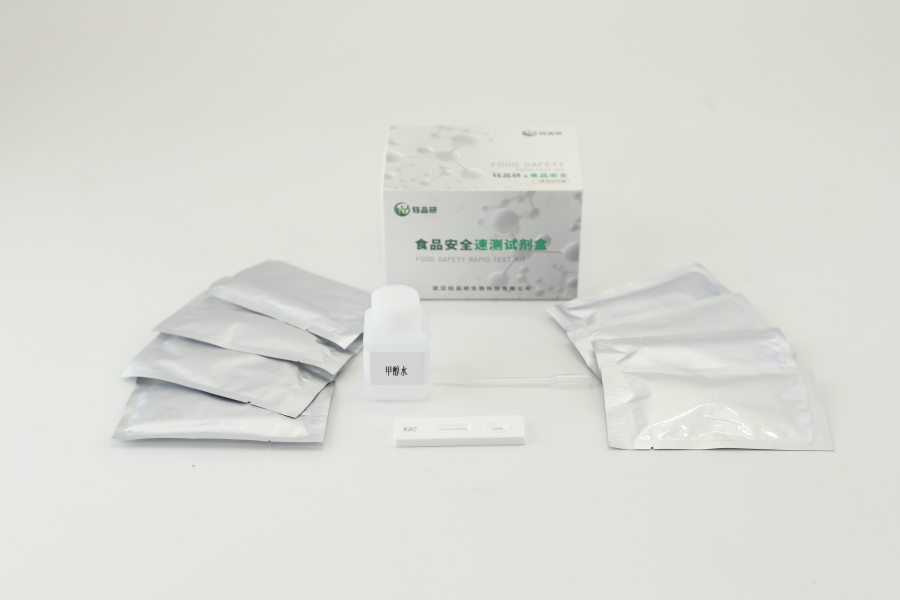As a fungicide widely used in the prevention and control of agricultural crop diseases, humus can effectively ensure crop yield, but excessive residues may pose a potential threat to human health. Therefore, the rapid and accurate detection of its residues has become an important part of food safety supervision. In this context, humus colloidal gold rapid detection card came into being. It is a rapid detection tool based on immunochromatography technology. With the characteristics of convenient operation and high detection efficiency, it plays a key role in the field of agricultural product quality and safety.
From the principle point of view, humus colloidal gold rapid detection card mainly uses the immune response of specific binding of antigens and antibodies. The detection card contains the monoclonal antibody of propidium labeled with colloidal gold, as well as the antigen (propidium-carrier protein conjugate) and the quality control antibody fixed on the detection line and the quality control line. When the sample (such as vegetable extract, fruit homogenate, etc.) drops into the sample well, it will migrate upward along the chromatographic material. During the process, if the sample contains propidium, it will competitively bind to the antigen check point on the detection line with the colloidal gold-labeled antibody, resulting in the detection line becoming lighter or disappearing; conversely, if the sample does not contain propidium, the detection line will develop significantly, and the quality control line will always develop color to indicate that the detection is valid. The whole reaction process only takes 10-15 minutes, and the results can be read by the naked eye or supporting equipment.
Compared with traditional detection methods, the rapid detection card of humus colloidal gold has significant advantages. First, it is fast, and the detection can be completed on site without complicated pretreatment and large instruments; secondly, it is high sensitivity, which can reach the detection limit of ng level, and can meet the requirements of agricultural product safety standards; secondly, it is easy to operate, even if non-professionals can quickly get started according to the instructions; at the same time, the cost is low, and it is suitable for large-scale screening.
In the application scenario, the detection card is widely used for the rapid screening of humus residues in vegetables, fruits, tea and other agricultural products, and can also be used for the preliminary detection of environmental samples such as soil and irrigation water. In the agricultural production process, it can help farmers quickly determine whether the safety interval of agricultural products after drug use is up to standard; in the market supervision process, it can be used as a rapid screening tool to carry out preliminary quality control of agricultural products in circulation, timely detect products that exceed the standard, and ensure consumer dietary safety from the source.
With the improvement of food safety awareness, the demand for rapid and portable detection technology is increasing day by day. With its unique advantages, the rotten colloidal gold rapid detection card has become an important bridge connecting laboratory precision detection and on-site rapid screening, providing strong support for building an efficient and accurate food safety defense line.


